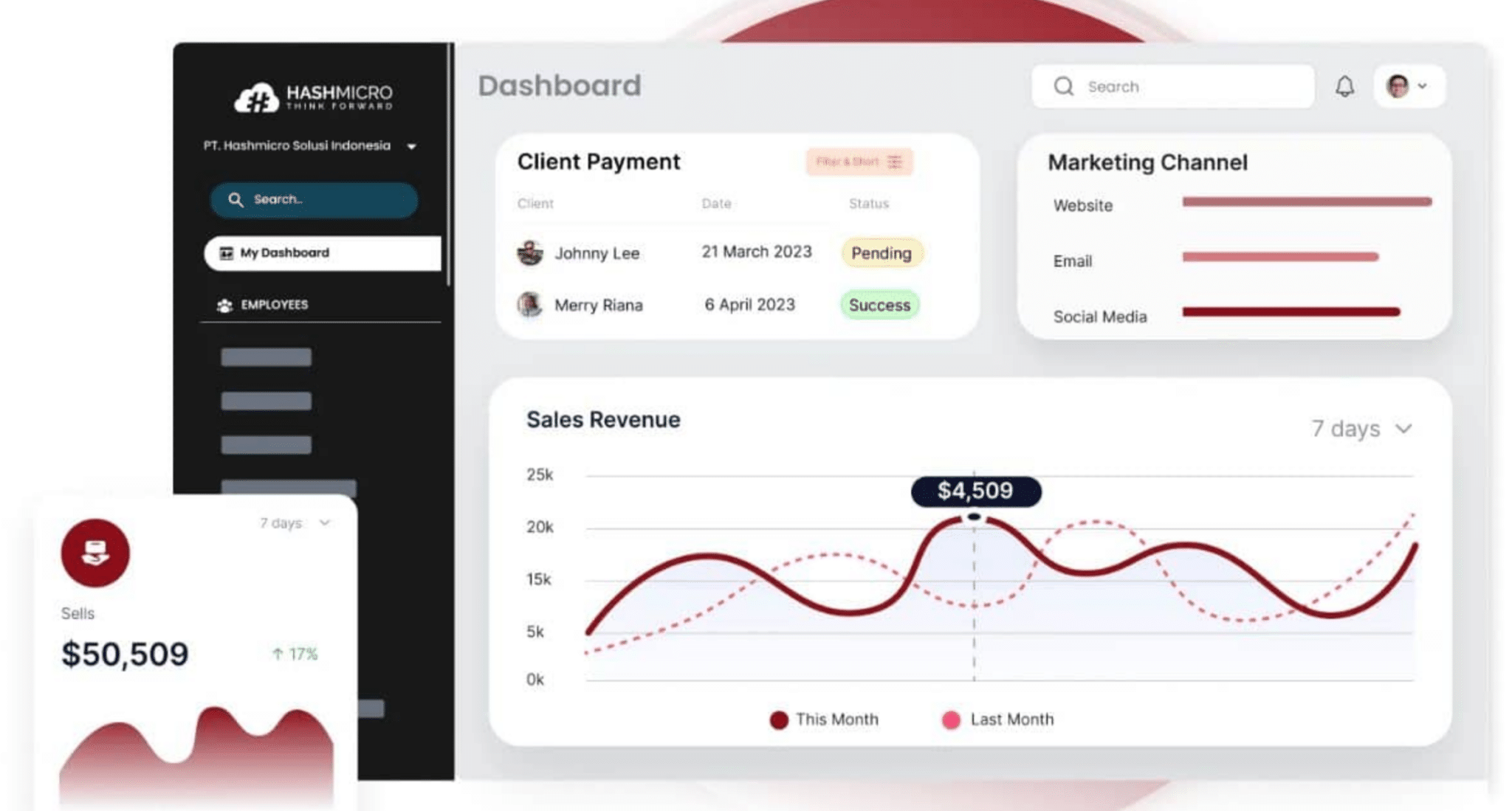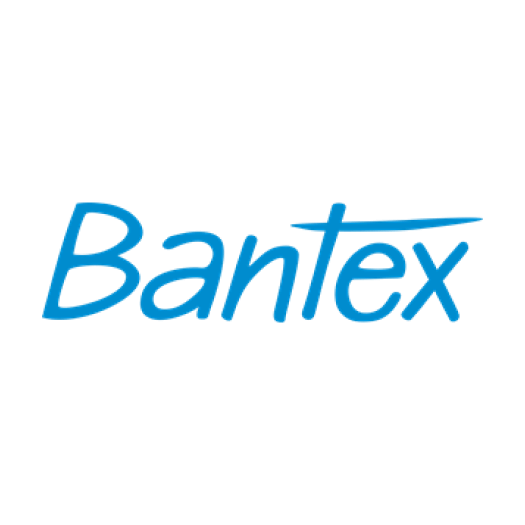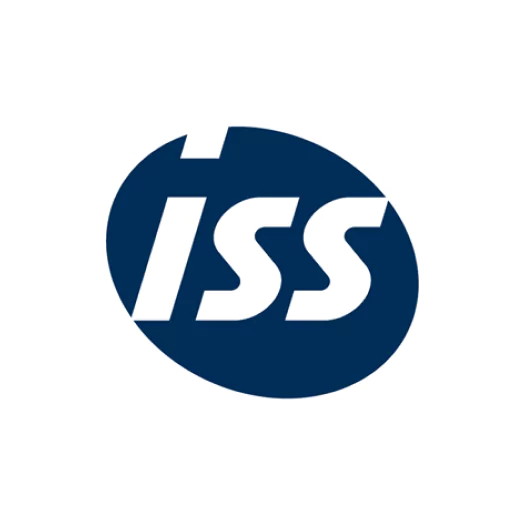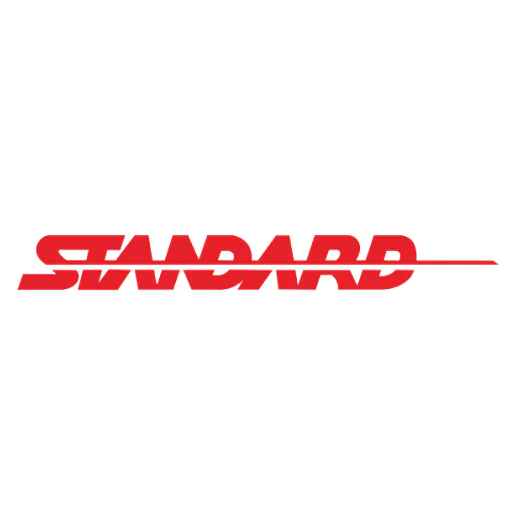Oracle EPM is a powerful solution for financial planning, budgeting, and forecasting. It automates processes, enhances reporting accuracy, and ensures compliance, helping businesses in Singapore stay data-driven and agile. Plus, its seamless ERP integration and real-time analytics empower businesses of all sizes to make smarter decisions faster.
It also supports decision-making through AI-driven insights. However, businesses must also consider challenges like complex financial needs, user adoption issues, and data integration difficulties. These factors can lead to delays, increased costs, and inefficiencies if not managed properly.
For a more streamlined approach, HashMicro CRM provides an intuitive platform that integrates finance, sales, and operations in one place. Its features, like Leads and Opportunities Management, help convert prospects into revenue, while KPI-driven activity targeting ensures teams stay focused on key tasks.
With real-time insights and mobile app access, this CRM Software supports agile decision-making, enabling businesses to thrive in Singapore’s fast-paced market. To explore more about Oracle EPM, read on for further insights.
Table of Content:
Table of Content
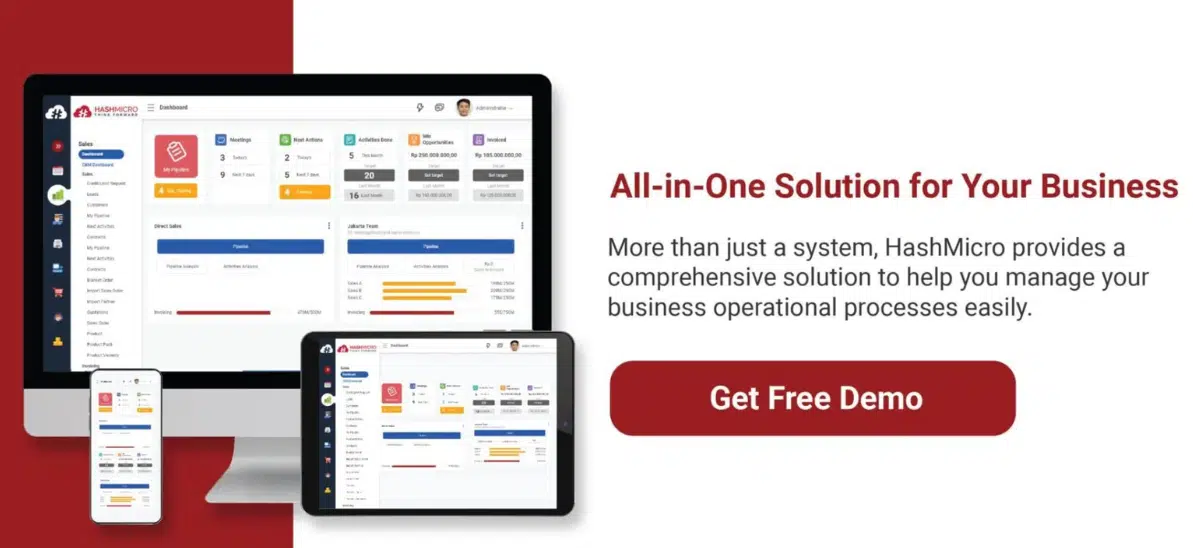
Key Takeaways
|
What is Oracle EPM?
Oracle EPM (Enterprise Performance Management) system is a suite of tools designed to assist businesses with financial planning, budgeting, forecasting, and consolidation. It provides real-time analytics and AI-driven insights to support informed, data-driven decision-making, while helping ensure regulatory compliance.
Additionally, it enables organizations to streamline key processes related to financial planning, budgeting, forecasting, reporting, and analysis. Here’s what Oracle EPM is typically used for:
- Financial Planning & Budgeting: Enables efficient creation of financial plans, budgets, and forecasts.
- Financial Consolidation & Close: Simplifies consolidating financial data and accelerates the financial close cycle.
- Profitability & Cost Management: Provides insights into cost structures and helps improve profitability.
- Scenario Modeling & Forecasting: Allows businesses to simulate different scenarios and forecast outcomes.
- Account Reconciliation: Automates reconciliation to improve accuracy and reduce manual effort.
- Tax Reporting: Ensures compliance with tax regulations through integrated reporting.
- Enterprise Data Management: Enhances data consistency and governance across applications.
- Advanced Analytics & Reporting: Offers real-time insights for better decision-making.
- Collaboration & Reporting: Facilitates real-time teamwork on financial reports.
Besides its uses, Oracle EPM Cloud also integrates with ERP systems and streamlines financial processes, improves reporting accuracy, and enhances overall operational efficiency.
The platform also offers advanced features for scenario modeling, profitability analysis, and financial close management, aiding businesses in managing their financial performance effectively. This integration of functionalities helps businesses align their financial strategies with operations, improve decision-making, and enhance business agility.
What are the Benefits of Using Oracle EPM for Businesses?
Oracle Enterprise Performance Management (EPM) offers a range of tools designed to help businesses streamline financial processes, enhance decision-making, and improve overall efficiency.
While it provides a comprehensive solution for financial management, understanding its benefits can help businesses evaluate whether it aligns with their goals. Let’s take a look at the provided benefits below:
-
Streamlined financial planning and budgeting
This EPM platform allows businesses to integrate financial and operational planning, helping them align their goals and objectives with actionable financial plans. Its scenario modeling feature also helps organizations assess different financial outcomes and prepare for changing business conditions.
-
Efficient financial close and accurate reporting
The platform automated workflows, validations, and reconciliations, reducing the time required for financial close processes. By ensuring real-time, accurate reporting, Oracle EPM helps businesses stay compliant with regulatory requirements while minimizing manual tasks.
-
Data-driven decision making
With built-in AI and real-time analytics, Oracle EPM offers valuable insights that enable businesses to make informed, data-driven decisions. This centralized data provides a clearer understanding of both financial and operational performance, supporting more effective decision-making.
-
Enhanced profitability and cost control
By identifying high-margin products and services and optimizing cost structures, Oracle EPM helps businesses manage profitability more effectively. The platform’s detailed analysis of profitability drivers enables companies to allocate resources efficiently and improve their financial outcomes.
-
Improved workforce and operational planning
Oracle EPM integrates workforce planning with financial goals, ensuring that businesses can manage staffing levels in alignment with overall objectives. Scenario-based planning also helps organizations manage headcount and costs in a way that supports operational efficiency and growth.
-
Automated reconciliation processes
With the automation of account reconciliations, Oracle EPM simplifies the reconciliation process, reducing manual effort and minimizing errors. The platform also provides audit trails to help businesses maintain compliance with industry standards and regulations.
-
Scalability and flexibility
Oracle EPM is built to scale with a business’s growth. Whether operating in the cloud or on-premises, the platform can easily adapt to changing business needs, reducing the need for significant infrastructure changes and supporting flexibility.
-
Facilitated collaboration across teams
By centralizing financial data, Oracle EPM fosters improved collaboration among teams in finance, operations, HR, and IT. This enhances alignment across departments, ensuring that business goals are reflected in day-to-day operations and helping teams work toward shared objectives.
-
Simplified regulatory compliance
The platform helps businesses stay on top of regulatory requirements by integrating tax data with financial processes. This makes it easier to comply with local and international tax reporting standards, helping businesses avoid potential compliance issues.
-
Adaptability to changing market conditions
Oracle EPM supports continuous planning with real-time updates, enabling businesses to adjust to evolving market conditions. Its scenario modeling and forecasting features allow businesses to anticipate changes and make proactive adjustments.
While Oracle EPM provides significant advantages in financial management and decision-making, businesses should assess how well it aligns with their specific needs.
What are the Advantages and Disadvantages of Using Oracle EPM?
Oracle Enterprise Performance Management (EPM) is a powerful tool offering numerous benefits for businesses looking to streamline financial processes and improve decision-making. However, it also comes with certain challenges that businesses should consider before adoption.
Advantages of Oracle EPM
-
Comprehensive Planning and Reporting
Oracle EPM Cloud provides integrated solutions for planning, budgeting, forecasting, and financial reporting across multiple departments, including finance, HR, supply chain, and sales.
The platform enhances decision-making with real-time data integration, scenario modeling, and AI-driven predictive analytics, helping businesses stay agile and informed in a dynamic market.
-
Automation and Efficiency
By automating routine tasks such as financial close and reconciliation, Oracle EPM significantly reduces manual effort and errors, speeding up processes. Additionally, its built-in dashboards and visualization tools streamline reporting, providing clear, actionable insights for better business management.
-
Scalability and Flexibility
The cloud-based nature of Oracle EPM Cloud ensures scalability, making it an excellent solution for businesses of all sizes. Whether expanding operations or user bases, the platform adapts easily to growing business needs, while the cloud deployment removes the need for heavy upfront capital expenditure and ensures accessibility from anywhere.
-
Improved Governance and Compliance
Oracle EPM helps businesses meet regulatory standards through built-in compliance features and provides audit trails that enhance transparency and accountability. This ensures that organizations remain compliant and are prepared for audits at all times, reducing risks and improving governance.
-
Unified Data Management
Centralizing data across various departments eliminates silos, enabling businesses to have a connected and cohesive planning process. With all data in one place, businesses can gain a more comprehensive understanding of their operations, driving more informed decisions and fostering collaboration between teams.
-
Cost and Profitability Insights
The EPM platform offers detailed insights into cost structures and profitability drivers, empowering businesses to make smarter resource allocation decisions. By identifying areas where costs can be optimized, Oracle EPM helps businesses improve their bottom line and enhance operational efficiency.
Disadvantages of Oracle EPM
-
High Implementation Costs
While Oracle EPM offers robust capabilities, the cost of licensing, implementation, and customization can be significant, especially for smaller businesses. The investment required for training and support during the adoption phase may also be a barrier for some organizations.
-
Complexity of Integration
Integrating Oracle EPM with existing systems can be a complex process that requires careful planning and execution. Without proper management, this may lead to data inconsistencies or silos, ultimately affecting the efficiency of business operations.
-
Steep Learning Curve
Due to the system’s complexity, businesses may face a steep learning curve during implementation. Extensive training is required for users, which can disrupt business operations temporarily as teams adapt to the new platform.
-
Ongoing Maintenance Requirements
Regular updates and new features necessitate continuous adaptation from IT teams to ensure the platform’s full functionality. This ongoing maintenance can be resource-intensive, requiring businesses to allocate additional time and budget for IT support.
-
Security Concerns in the Cloud
Cloud-based deployments, while offering flexibility and scalability, come with heightened security concerns. Sensitive financial data must be protected with additional security measures to prevent unauthorized access and ensure compliance with data protection regulations.
While Oracle EPM brings numerous advantages in terms of automation, scalability, and data-driven decision-making, businesses must also weigh the potential drawbacks, such as implementation costs and integration complexities.
For businesses in Singapore looking for an alternative solution, HashMicro CRM Software offers a more user-friendly, cost-effective option for streamlining operations and improving sales performance.
How are ERP and EPM Different?
While both Enterprise Resource Planning (ERP) and Enterprise Performance Management (EPM) systems are crucial for business success, they serve distinct purposes within an organization.
Basically, ERP tries to optimize operational business processes, meanwhile EPM tries to help businesses to make decisions with strategic data based financial planning. However, if you want to get the big picture about them, take a look at the aspects below:
-
Focus and purpose
ERP primarily focuses on streamlining and managing daily operational processes across departments such as finance, HR, and supply chain. It aims to enhance operational efficiency by integrating business functions into one unified system.
In contrast, EPM platform is focused on helping businesses with strategic financial planning, budgeting, and performance management. EPM tools enable organizations to analyze financial data, set targets, and make informed decisions to drive long-term growth.
-
Core functions
ERP systems automate everyday business tasks like order management, inventory control, and payroll processing. These systems are designed to handle real-time transactions and day-to-day operations.
On the other hand, EPM systems handle higher-level activities such as financial forecasting, scenario planning, and performance analysis. They provide valuable insights that support decision-making, helping companies align their financial strategies with organizational goals.
-
Data and analytics
ERP systems provide transactional data necessary for smooth business operations. While they give businesses a snapshot of current activities, their analytical capabilities are often more basic. EPM systems, however, offer advanced analytics.
These tools use AI-driven insights to analyze trends, predict future outcomes, and improve financial decision-making. EPM systems empower businesses to make strategic decisions based on real-time and historical data.
-
Integration and synergy
ERP systems integrate core business processes, creating a centralized platform for managing data across various departments. This integration ensures smooth operations and eliminates data silos.
EPM systems typically integrate with ERP to leverage transactional data for strategic financial planning. By doing so, they ensure that financial goals align with operational performance, providing a comprehensive view of the organization’s performance.
How Does Oracle EPM Work?
Oracle EPM is a cloud-based platform designed to optimize financial and operational processes, offering businesses a solution for planning, modeling, consolidating, and reporting data. Here’s a concise overview of its functions:
- Centralized Data Management: Oracle EPM integrates data from various systems, providing a unified view of financial and operational performance.
- Planning and Budgeting: The platform supports enterprise-wide planning with predictive analytics, scenario modeling, and real-time collaboration, helping businesses improve decision-making.
- Financial Consolidation and Close: It automates financial consolidation and streamlines the close process, ensuring compliance with standards such as IFRS and GAAP.
- Scenario Modeling and Forecasting: Businesses can run “what-if” scenarios and update forecasts in real-time, helping assess the impact of different strategies on financial performance.
- Profitability and Cost Management: The platform helps businesses analyze profitability drivers and optimize cost structures for better resource allocation.
- Account Reconciliation: Automates account reconciliation by matching transactions and providing real-time dashboards for monitoring progress.
- Tax Reporting: Integrated tax reporting simplifies compliance and aligns tax data with financial processes for easier reporting.
- Enterprise Data Management (EDM): Manages master data across systems, ensuring consistency and efficient data governance with automated updates and workflows.
- Advanced Analytics and Reporting: AI-driven insights and real-time reporting tools support data-driven decisions, with collaboration features for team-based reporting.
- Cloud-Based Architecture: Oracle EPM’s cloud deployment offers scalability, automatic updates, and mobile access, helping reduce IT overhead.
What are the Key Modules of Oracle EPM?
Oracle EPM Cloud offers a comprehensive set of modules that help businesses streamline financial and operational management. Here’s a quick overview:
- Planning: Facilitates budgeting, forecasting, and planning across departments with features like scenario modeling and industry-specific templates to align financial strategies with business goals.
- Financial Consolidation and Close (FCC): Automates financial close processes, including intercompany eliminations and currency translation, ensuring faster, accurate, and compliant financial reporting.
- Account Reconciliation: Simplifies account reconciliation by automating transaction matching and using dynamic workflows, saving time and reducing errors.
- Profitability and Cost Management: Provides insights into cost structures and profitability, helping businesses optimize resource allocation and improve margins.
- Enterprise Data Management (EDM): Ensures data consistency across systems and simplifies large dataset management, making integration and data governance seamless.
- Enterprise Performance Reporting: Enhances reporting with real-time collaboration tools and web-based capture, ensuring teams work with the latest, accurate information for informed decisions.
- Tax Reporting: Streamlines tax planning and compliance with predictive analytics and configurable reporting frameworks, simplifying tax reporting for businesses.
- Capital Expense Planning: Helps manage capital investments by aligning expenditures with strategic business goals, ensuring efficient use of resources.
- Workforce Planning: Integrates workforce planning with financial goals to forecast staffing needs and manage associated costs, ensuring alignment with business growth.
- Strategic Modeling: Supports long-term planning and scenario analysis, allowing businesses to simulate different outcomes and make data-driven strategic decisions.
What are the Challenges of Using Oracle EPM?
Looking at its key modules and how it works, you might be thinking that this particular solution could help you manage your data management or enable you to create key business decisions.
Eventhough it is comprehensively and could automate your business processes, Oracle EPM users also facing challenges when implement it into their work system. Here are the key challenges organizations may face:
-
Integration Issues
Integrating Oracle EPM with other systems, such as ERP platforms, can be complex. Data import or export errors, such as invalid member queries or exceeding governor limits, often require troubleshooting. Ensuring smooth synchronization of metadata and master data across cloud and on-premises applications is crucial but can be challenging.
-
Performance Problems
Organizations may experience slow system performance due to network latency, high user load, or inefficient business rules. This can hinder productivity and require detailed analysis and optimization. Additionally, compatibility issues with browsers or outdated versions can also affect performance.
-
Frequent Updates and Testing
Oracle EPM Cloud receives monthly updates, which necessitate regular regression testing within a short timeframe. This can be resource-intensive, particularly when done manually. As a result, businesses may face difficulties allocating sufficient resources for continuous testing and validation of updates.
-
Implementation Challenges
Successful implementation requires careful planning, clear objectives, and strong stakeholder engagement. Without these, delays and cost overruns can occur. Furthermore, insufficient training and low user adoption can prevent businesses from fully utilizing the platform’s capabilities.
-
Data Quality and Governance
Ensuring data quality and consistency across systems is essential for accurate reporting and decision-making. Poor data quality or incomplete integration can lead to significant inaccuracies. Organizations need to monitor and manage data integrations carefully to avoid errors and inconsistencies.
-
Complexity of Customization
While Oracle EPM is highly customizable, tailoring it to meet specific business needs can be time-consuming and require both technical and functional expertise. Misaligned configurations or overly complex customizations can introduce inefficiencies and slow down operations.
-
Cloud-Specific Challenges
Transitioning from on-premises to cloud environments introduces challenges such as adapting to new workflows, managing security risks, and ensuring governance. Additionally, managing the hybrid nature of cloud applications can complicate seamless operations across platforms.
-
Troubleshooting Functional Issues
Users may encounter issues like login failures, database refresh errors, Smart View problems, or financial consolidation inaccuracies. These common problems require ongoing troubleshooting by administrators to maintain system performance.
What is the Best Alternative to Oracle EPM?
While Oracle EPM is a well-known solution for financial management and enterprise planning, businesses are increasingly seeking tools that offer more flexibility and customer-focused features. For companies looking to enhance customer relationships and streamline sales processes, HashMicro CRM offers an excellent alternative.
Below are some features and benefits that make HashMicro CRM a better fit for companies looking to improve their sales processes and customer management:
-
GPS tracking for salespersons
With real-time GPS tracking, sales teams can efficiently manage their schedules, optimizing visit routes and timings. This ensures accurate reports on visits and activities, ultimately increasing productivity. Unlike Oracle EPM, which lacks this location-based tracking feature, businesses benefit from improved operational efficiency and better resource allocation.
-
Chat Room Integrated with WhatsApp
The integration of a chat room with WhatsApp enables direct and efficient communication between sales teams and customers. This streamlines response times, reduces delays in addressing customer inquiries, and enhances satisfaction.
Oracle EPM does not provide such an integrated communication tool, making it less agile for real-time interactions with customers.
-
Leads – hash quality score
A powerful feature that automatically scores leads based on factors like budget, decision-making authority, and data completeness. This helps sales teams prioritize high-potential leads, ensuring that resources are focused on the most promising opportunities.
Oracle EPM, on the other hand, does not include an automated lead-scoring tool that helps businesses optimize their sales efforts.
-
Mobile access for sales teams
Sales teams can stay connected and manage operations on the go with mobile apps available for Android and iOS. This allows for enhanced productivity in the field, as sales teams can access real-time customer data and updates anytime, anywhere. Oracle EPM lacks this fully integrated mobile solution, limiting fieldwork efficiency for sales teams.
-
Activity scheduling and management
Effective scheduling, management, and reminders for sales activities ensure that no important tasks are overlooked. With this feature, sales managers can easily track meetings, calls, and follow-ups, leading to better customer relationships and improved sales performance.
Oracle EPM does not offer a CRM-specific scheduling and reminder tool, which hinders seamless integration with sales workflows.
-
Sales teams management and performance monitoring
The ability to manage and monitor sales teams’ performance is crucial for meeting targets. HashMicro CRM provides tools to track individual performance and allocate tasks based on activity levels.
This ensures better resource distribution and productivity. Unlike Oracle EPM, which primarily focuses on financial planning, HashMicro CRM is tailored for enhancing sales team efficiency.
-
Fully integrated with online lead management forms and emails
By integrating with online lead management forms and emails, HashMicro CRM accelerates lead capture and conversion. This reduces manual entry and speeds up follow-up actions, allowing sales teams to close deals more effectively.
Oracle EPM does not focus on lead management or sales-specific processes, making HashMicro CRM a more suitable option for sales-driven businesses.
Conclusion
Oracle EPM offers powerful financial management tools, including budgeting, forecasting, and reporting, enabling businesses to improve decision-making and efficiency. However, its high cost, complex integration, and user adoption challenges may not suit every business, especially SMEs looking for simpler solutions.
For companies seeking a more cost-effective and user-friendly alternative, HashMicro HRM Software provides a comprehensive platform for managing HR and financial processes. With features like automated payroll, attendance tracking, and employee benefits management, HashMicro offers seamless integration and ease of use.
We invite you to try our free demo and discover how HashMicro can streamline your business operations and boost growth, all while keeping things simple and affordable.








